Alzheimer's Disease
This neurological disorder causes memory loss, emotional problems and impaired reasoning. It affects one person in 10 over the age of 65 and almost half those over the age of 85.For more information: https://www.animalresearch.info/en/medical-advances/diseases-research/alzheimers-disease/
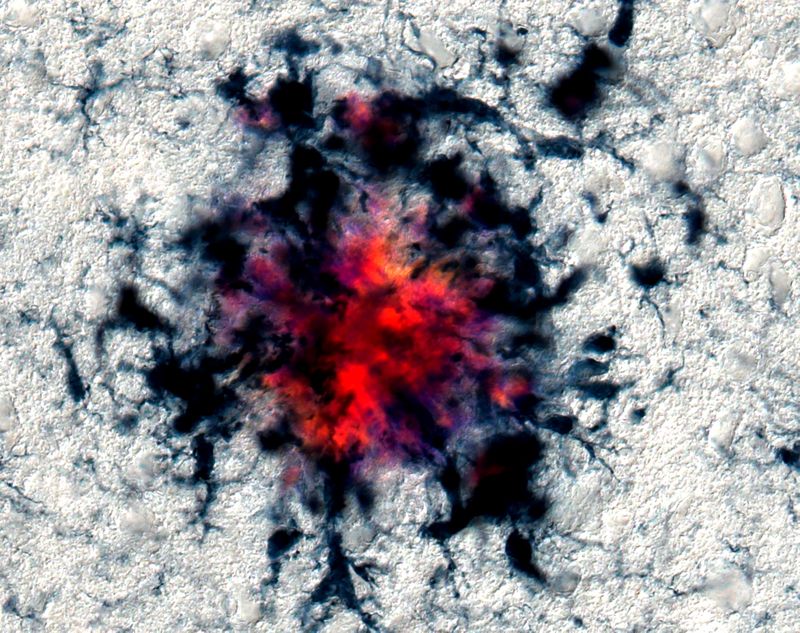
24/04/18 Is ‘friendly fire’ in the brain provoking Alzheimer’s disease?
Neuroscientist Michael Heneka knows that radical ideas require convincing data. In 2010, very few colleagues shared his belief that the brain’s immune system has a crucial role in dementia. So in May of that year, when a batch of new results provided the strongest evidence he had yet seen for his theory, he wanted to be excited, but instead felt nervous. He and his team had eliminated a key inflammation gene from a strain of mouse that usually develops symptoms of Alzheimer’s disease. The modified mice seemed perfectly healthy. They sailed through memory tests and showed barely a sign of the sticky protein plaques that are a hallmark of the disease. Yet Heneka knew that his colleagues would consider the results too good to be true.
https://www.nature.com/articles/d41586-018-04930-7

07/12/16 'Flashing light therapy' for Alzheimer's
A flashing light therapy might help ward off Alzheimer's, say US scientists after promising trials in mice. The Massachusetts team found shining a strobe light into rodents' eyes encouraged protective microglia scavenger cells to gobble up the harmful proteins that accumulate in the brain in this type of dementia. The perfect rate of flashes was 40 per second - a barely perceptible flicker, four times as fast as a disco strobe. The mice that they studied were genetically engineered to have Alzheimer's-type damage in their brain, Nature journal reports.
http://www.bbc.co.uk/news/health-38220670
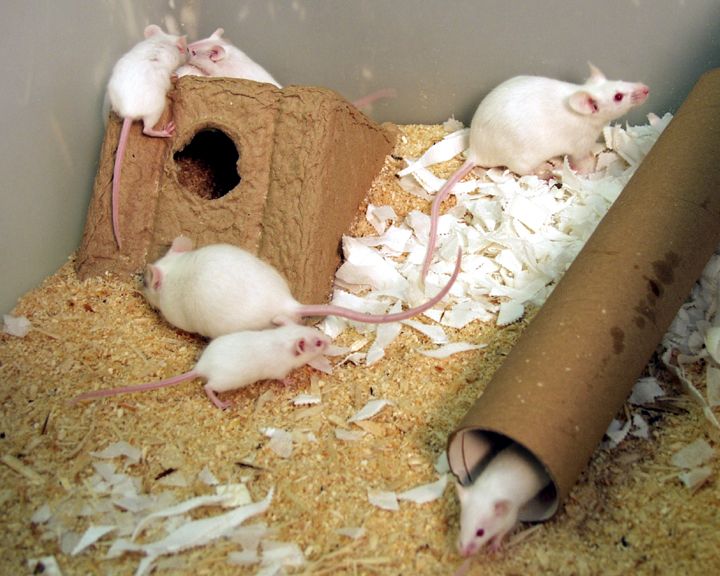
01/11/16 Radiation gives mice Alzheimer’s effects
Long term exposure to radiation appears to have effects on mice that are similar to Alzheimer's. Mice were exposed to 1 or 20 mGray of radiation over the period of 300 days. This resulted in molecular changes in the hippocampus part of the brain - an area involved with memories.
https://www.alnmag.com/news/2016/11/high-radiation-doses-affect-memory-center-mouse-brains
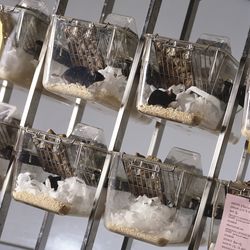
11/08/16 Anti-inflammatory drug successfully reveres memory loss in mice with Alzheimer’s disease
Researchers at The University of Manchester have identified an anti-inflammatory drug that has completely reversed memory loss and brain inflammation in mice. The mice were treated once they had developed memory problems by implanting a drug deliver mini-pump implanted under the skin for one month. Memory loss was completely reversed back to the levels seen in mice without the disease.
http://www.manchester.ac.uk/discover/news/treatment-option-for-alzheimers-disease-possible
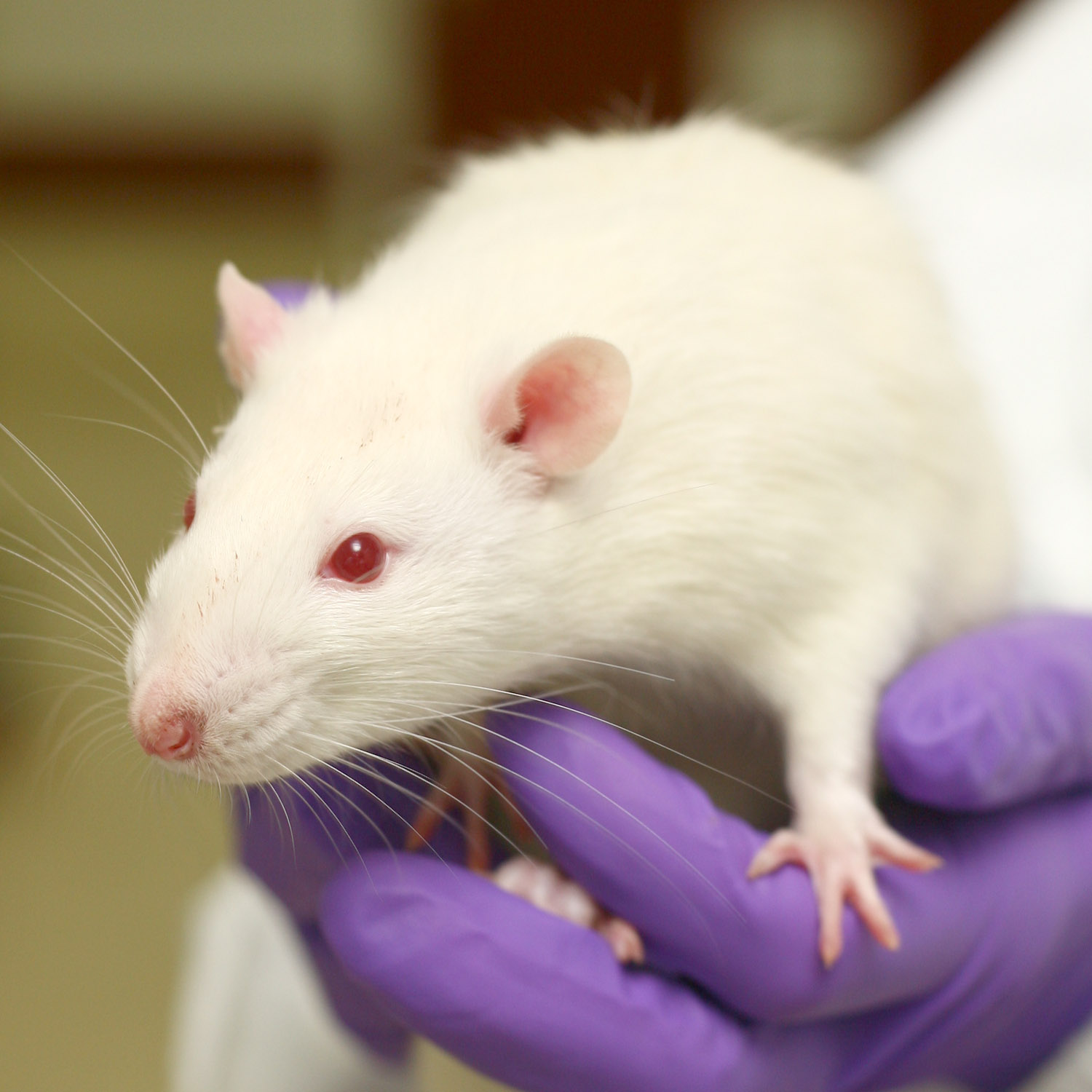
28/06/16 No risk of contracting dementia through blood transfusion
Previous studies have shown that neurological diseases such as Alzheimer’s and Parkinson’s can be induced in healthy laboratory animals, causing concern that dementia diseases can be transmitted between individuals, possibly via blood transfusions. However, in a new study published in The Annals of Internal Medicine, a team from Karolinska Institutet shows that the diseases are not transmitted.
http://annals.org/article.aspx?articleid=2530857
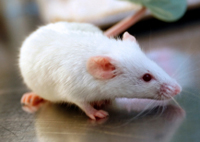
24/06/16 Early stages of Alzheimer’s detected in the retinas of mice
Researchers at the University of Minnesota have detected changes linked to early stages of Alzheimer’s disease, before brain function is impaired, in the retinas of mice. A device was used to visualise changes in the retina due to the accumulation of amyloid plaques that are associated with the disease. It is hoped that the device will detect the early stage of Alzheimer’s in human in a noninvasive way. The technology will now be entering Phase 1 clinical trial.
https://twin-cities.umn.edu/news-events/research-finds-technique-early-detection-alzheimers-animals
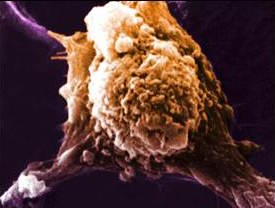
31/05/16 brain plaques may be part of the brain's defence of dealing with infections
Studies in mice suggest the brain plaques - commonly associated with of Alzheimer's - may be part of the brain's defence of dealing with infections. Mice bred to develop plaques were given a brain infection. Researchers at Harvard Medical School found that plaques immediately formed around the invading bacteria. These same plaques are believed to be part of the inflammation and tangles in the brain which are associated with Alzheimer's disease.
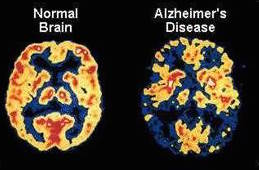
19/04/16 Natural protein injections improve memory in mice with Alzheimer's
Injections with the natural protein treatment Interleukin 33 (IL 33) appear to improve memory and help clear and prevent brain deposits similar to those seen in people with Alzheimer's when studied in mice. The research was carried out at University of Glasgow and the Hong Kong University of Science and Technology tested who bred mice to have brain changes akin to Alzheimer's. The rodents rapidly improved their memory and cognitive function to that of the age-matched normal mice within a week of having the injections.Tentative human studies of the treatment will soon begin, however it may take many years to know if it could help patients in real life. Nevertheless, it is hoped that this treatment will lessen the symptoms and progress of Alzheimer's dementia.
http://www.bbc.co.uk/news/health-36070987
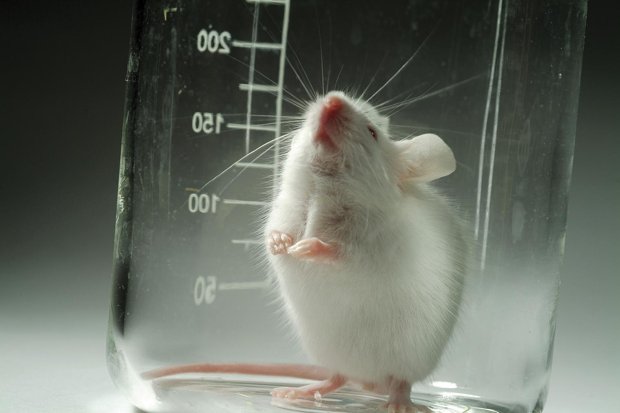
16/03/16 Lost memories restored in mice, new technique increases Alzheimer's understanding
Using three types of mice that showed sign of amnesia, researchers from MIT were able to identify brain cells that were linked to the mice receiving a shock to their feet. The technique not only pinpoints memories in the brain, to reveal what they look like, but can also be used to restore thoughts that have been lost. The research additionally shows that patients with Alzheimer's may not have problems encoding memories, and instead the fault lies in retrieving the memory instead.
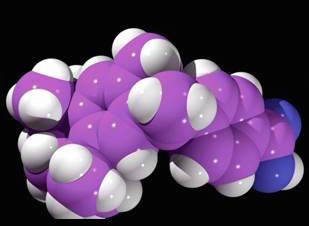
13/02/16 Studies on worms may help develop a neurostatin to protect people from Alzheimer's
Studies on worms have found a number of drugs which prevented the early stages of brain cell death in the creatures. It is hoped that one of these drugs may eventually be suitable as a “statin for the brain” to prevent the early affects of Alzheimer’s. Beraotene - an existing cancer drug - appears to have these neurostatin qualities. Worms, and other similar invertebrates, are used in a lot of scientific research, however their use is not regulated under the Animals (Scientific Procedures) Act, as they lack a central nervous system (or equivalent) which would allow them to suffer.
http://www.bbc.co.uk/news/health-35558438
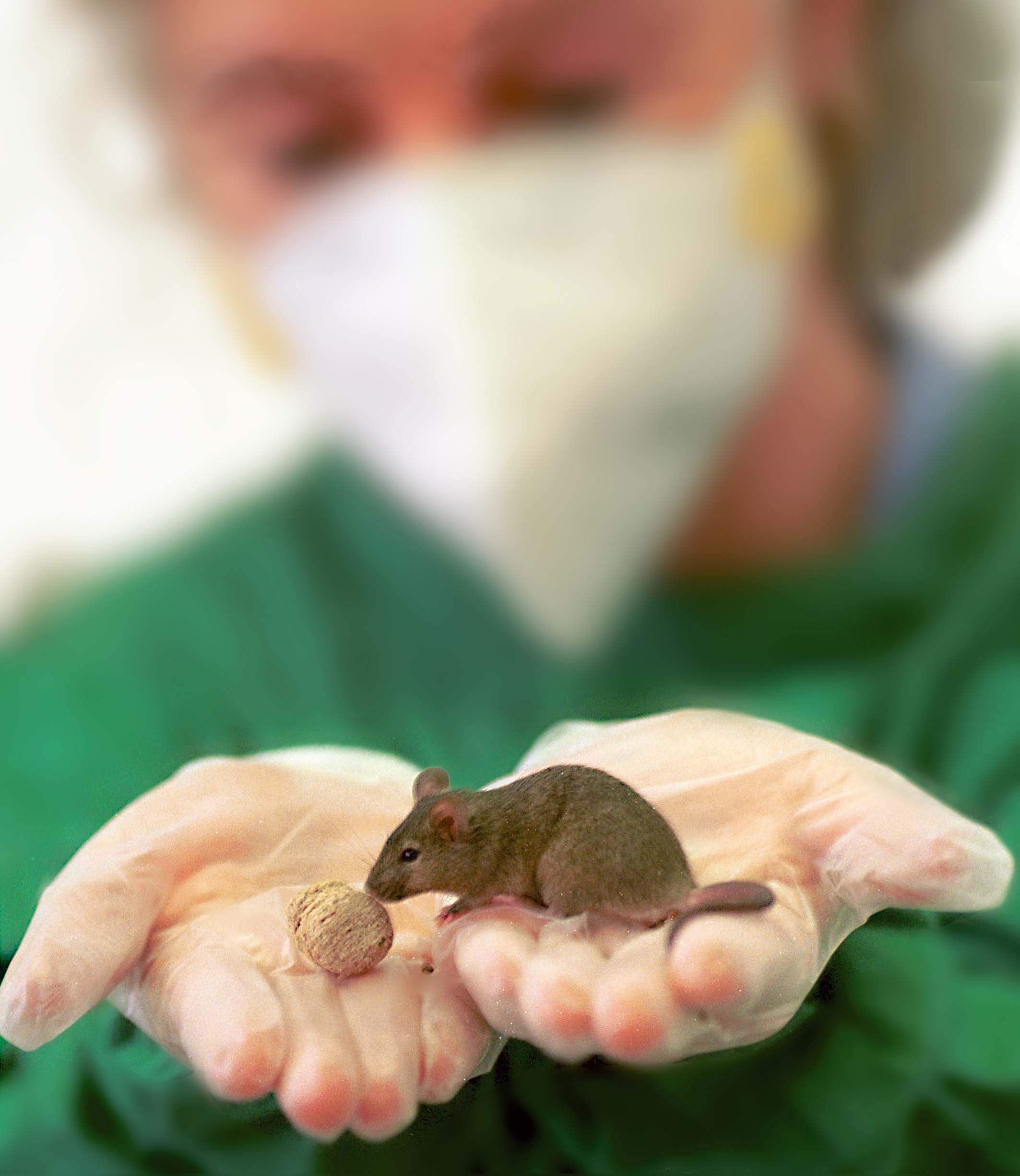
03/02/16 New Alzheimer’s drug to move from mice to man
A new drug, CPHPC, attacks the serum amyloid P component protein (SAP), which is believed to bind together the plaques found in the brain of Alzheimer’s patients. It is hoped that this drug could offer hope for the 800,000 people in Britain who are affected by the disease.
http://www.thetimes.co.uk/tto/science/article4681039.ece
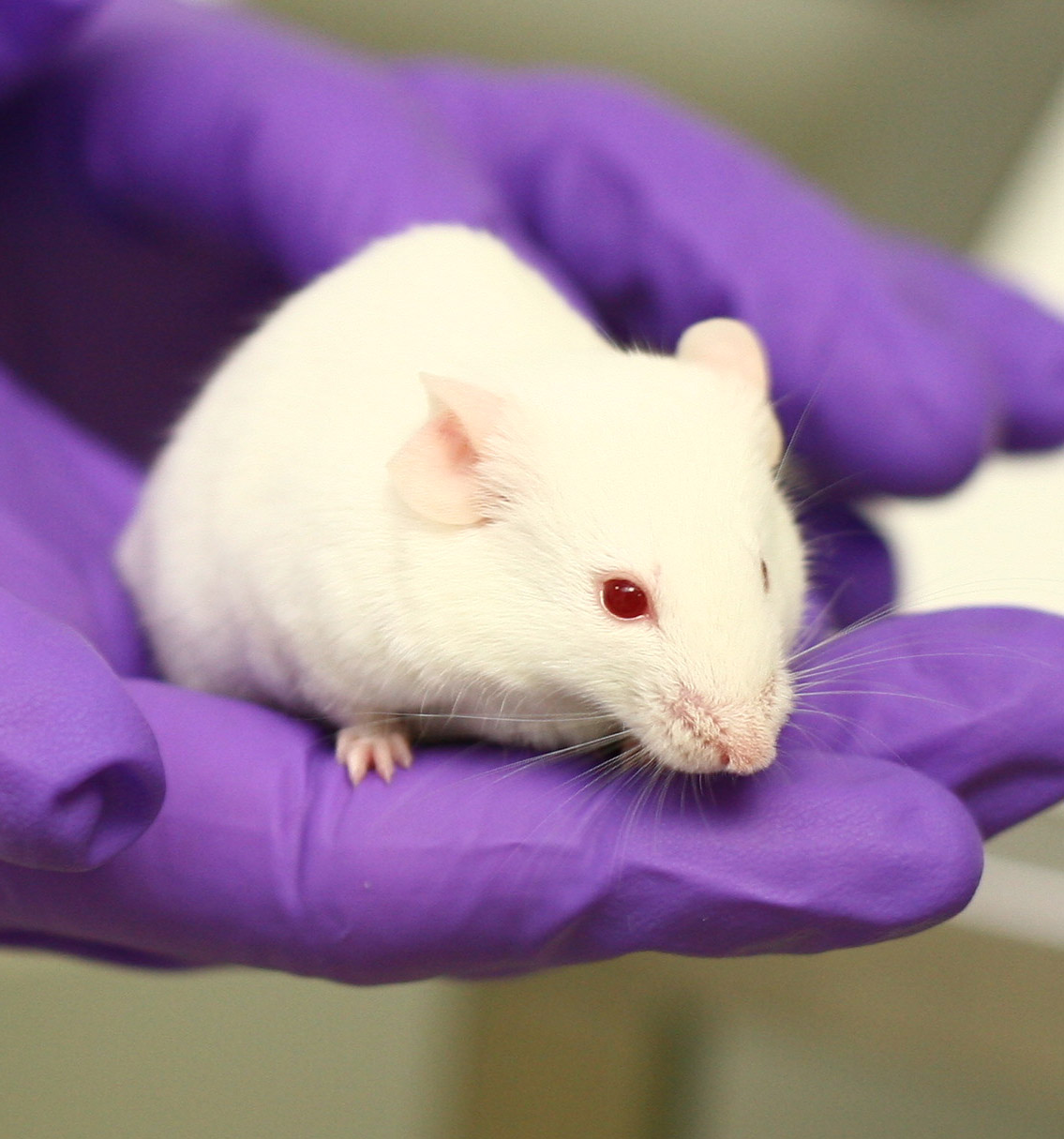
20/01/16 Cancer treatment successfully reverses signs of Alzheimer’s disease in mice
PD-1 blockers are used in immunotherapy treatment to fight cancer as they prevent the immune system from switching off, allowing a continuous cascade of immune cells to fight disease. When mice engineered to have Alzheimer’s disease were given a PD-1 blocker drug the amount of amyloid, the substance responsible for the toxic build up of plaques, in their brains halved and they were able to complete a maze task in the same time as the control mice. It is hoped that this already approved treatment will be successful at reversing Alzheimer's in people as there is yet no cure for the condition.
http://www.telegraph.co.uk/news/health/elder/12105714/Cancer-drugs-could-be-re-purposed-to-fight-Alzheimers-disease.html

19/01/16 Biomarker detected in mice urine identifies early stage Alzheimer's Disease
A biomarker detecting early stages of Alzheimer's disease (before memory loss begins) has been identified in mice urine. The biomarker left a particular odour in the urine of mice with Alzheimer's-related brain pathology that was distinguishable from the healthy mice. The breakthrough could provide early diagnosis of Alzheimer's and other neurodegenerative disorders through a simple non-invasive urine test.
http://www.telegraph.co.uk/news/science/science-news/12101100/Smell-test-can-detect-Alzheimers-disease-scientists-find.html

15/01/16 Urine smell test can detect Alzheimer's in mouse model before other symptoms show
"While this research is at the proof-of-concept stage, the identification of distinctive odour signatures may someday point the way to human biomarkers to identify Alzheimer's at early stages." The study published in the journal Scientific Reports involved the study of three separate mouse models, known as APP mice, which mimic Alzheimer's-related brain pathology.Using both behavioural and chemical analyses, it was found each strain of APP mice produced urinary odour profiles that could be distinguished from those of control mice.
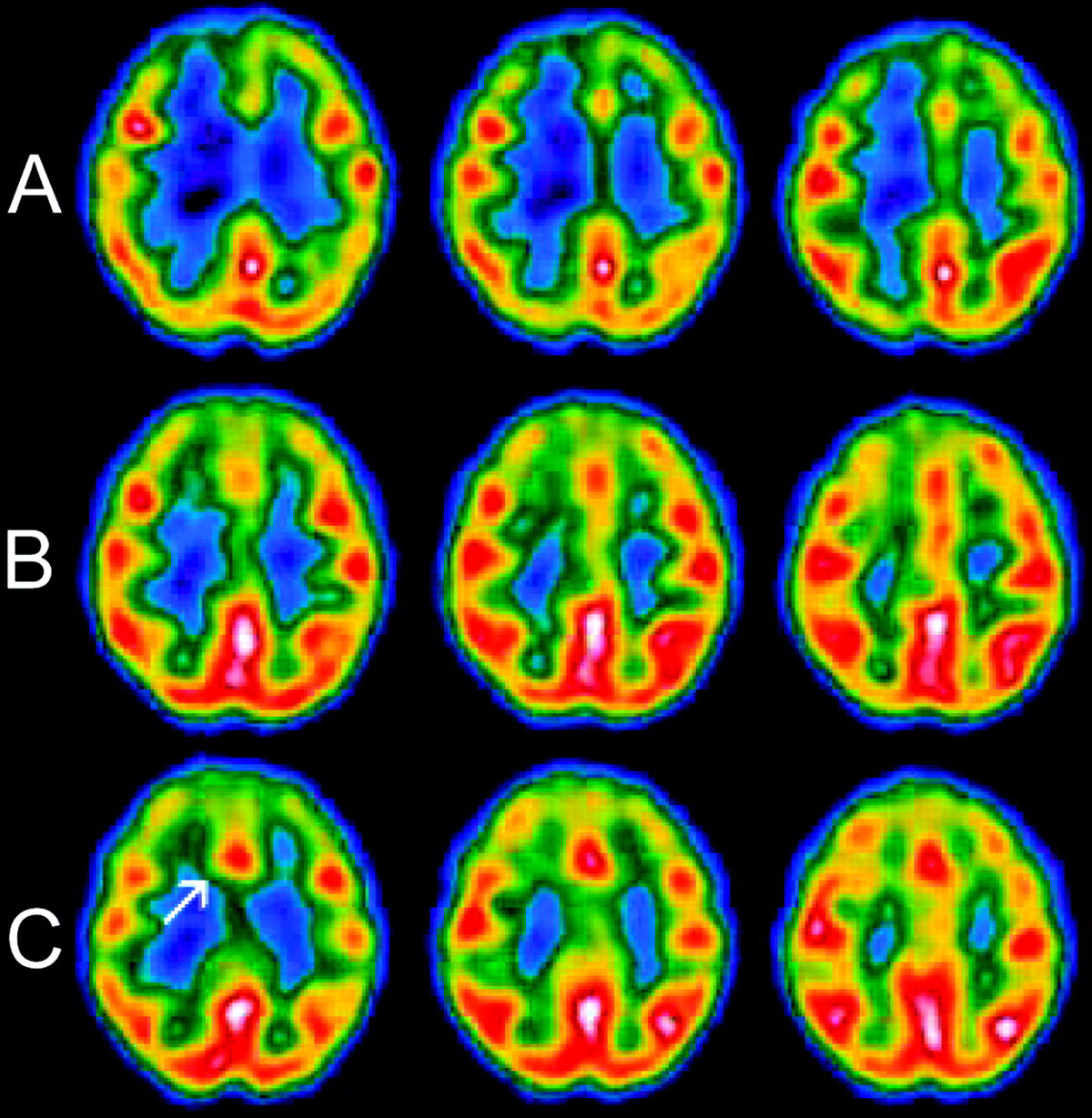
11/01/16 Microglia cause inflammation in Alzheimer mouse model
Studies in laboratory mice and deceased Alzheimer’s patients shows the key role of microglia, a type of immune cell, in causing brain inflammation associated with Alzheimer’s. It is believed that this inflammation is not a side effect of the disease, but drives its progression – this means that preventing the inflammation could potentially prevent the disease getting worse. Experiments in mice to reduce the inflammation successfully prevented the memory problems in mice, that are normally associated with the disease.

08/12/15 Chemical destroys toxic plaques in Alzheimer’s brains
Taurine-like Chemical destroys toxic plaques in the brains of mice with Alzheimer’s-like symptoms
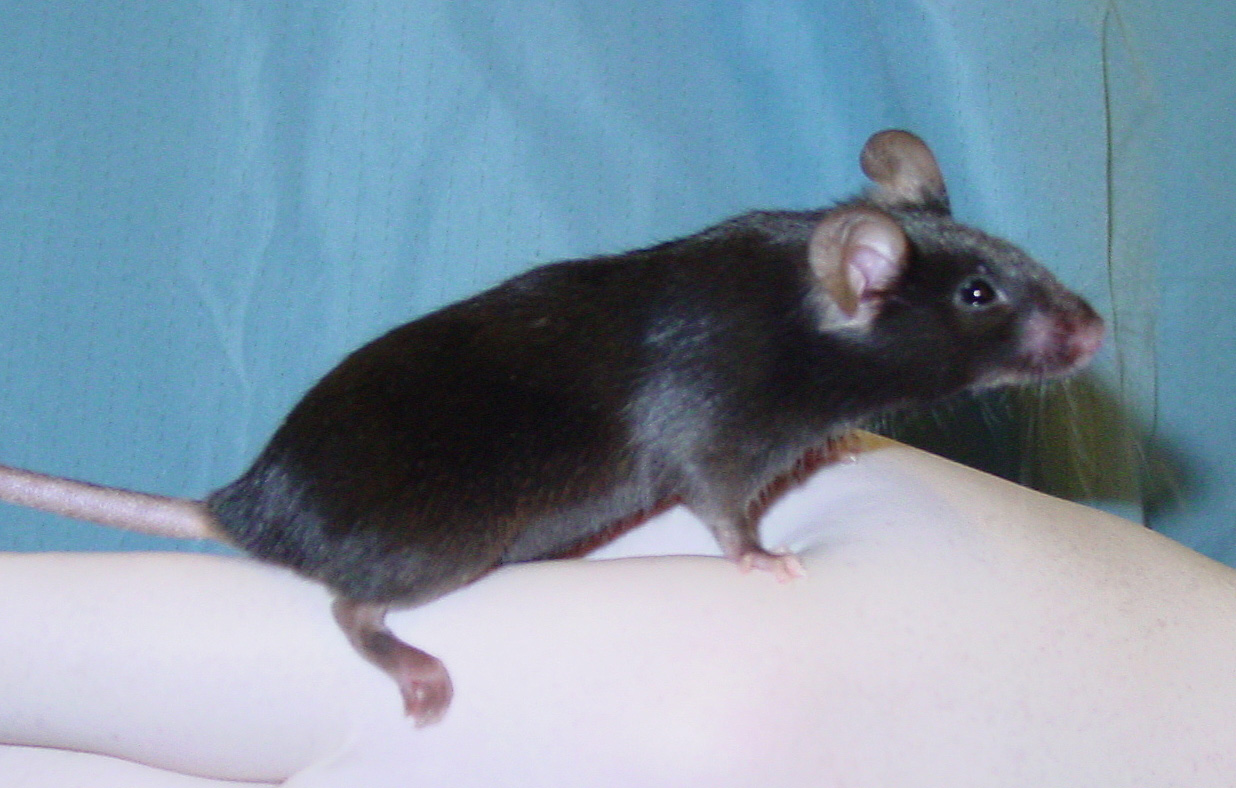
22/09/15 A drug that treats arthritis reverses Alzheimer’s symptoms
Researchers at the Gladstone Institutes have found that the painkiller salsalate, which is used to treat rheumatoid arthritis, has reversed the symptoms of dementia in mice. Memory loss in Alzheimer’s disease is characterized by neurofibrillary tangles, which are due to an accumulation of tau protein in the brain. When the painkiller was given to mice suffering from another form of dementia the chemical changes (acetylation) relating to tau protein reversed, causing the mice to regain their memory abilities and have reduced levels of the damaging protein in their brains. With more research it is hoped that salsalate will provide an effective treatment for Alzheimer’s disease.
http://www.nature.com/nm/journal/vaop/ncurrent/full/nm.3951.html
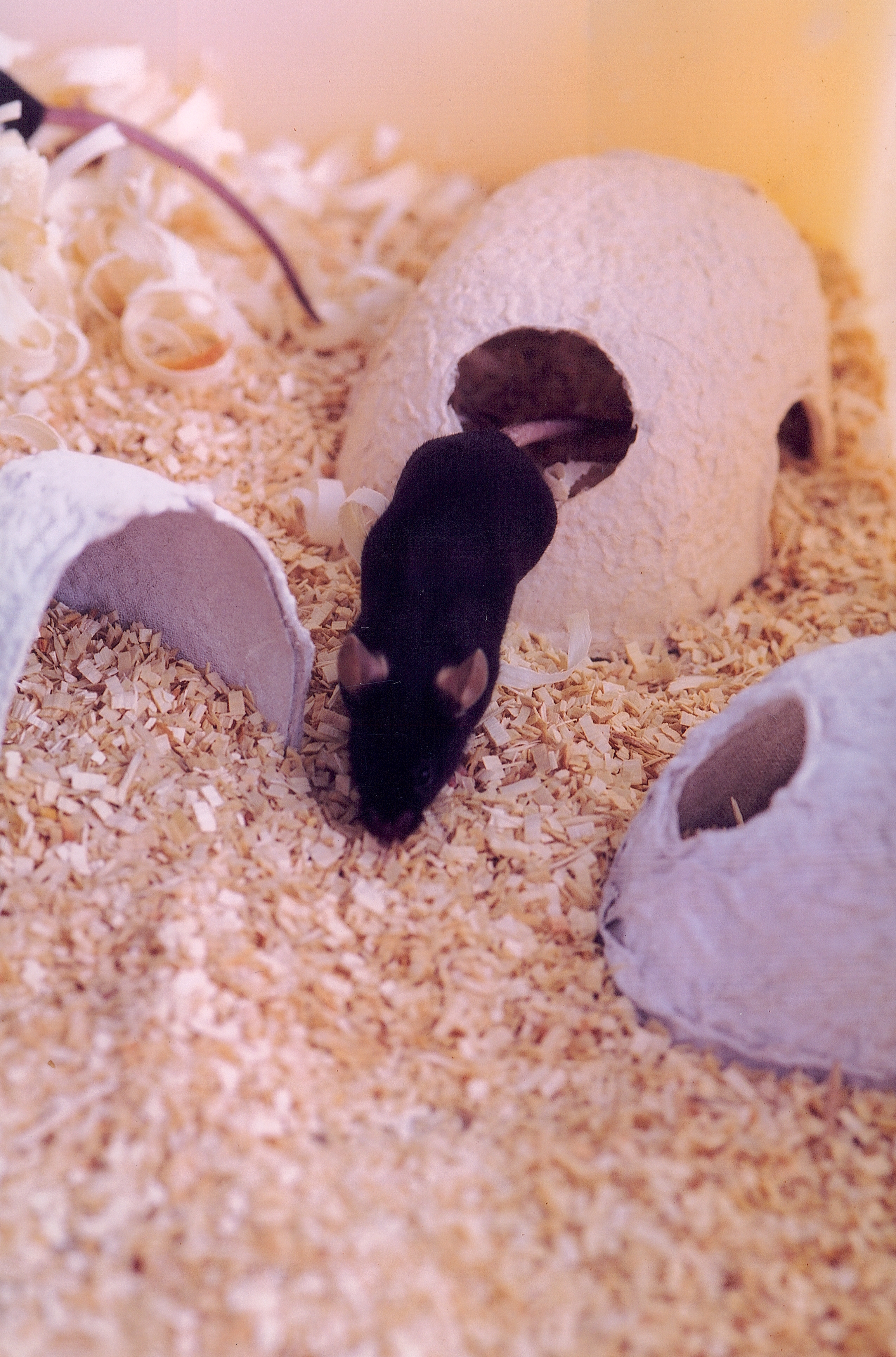
22/07/15 A new drug could possibly slow down Alzheimer’s
A new drug could possibly slow down Alzheimer’s. The solanezumab drug, tested in mice can cut the rate of dementia’s progression by about a third. The drug keeps the dying cells of the brain alive and attacks the amyloid plaques that accumulate in the brain and damage the neurons. Current medication can only manage the symptoms of dementia by helping the dying brain cells function.
Dr Eric Siemers, from the Lilly Research Laboratories, in Indiana says "We think there is a chance that solanezumab will be the first disease-modifying medication to be available."
http://www.bbc.co.uk/news/health-33617141
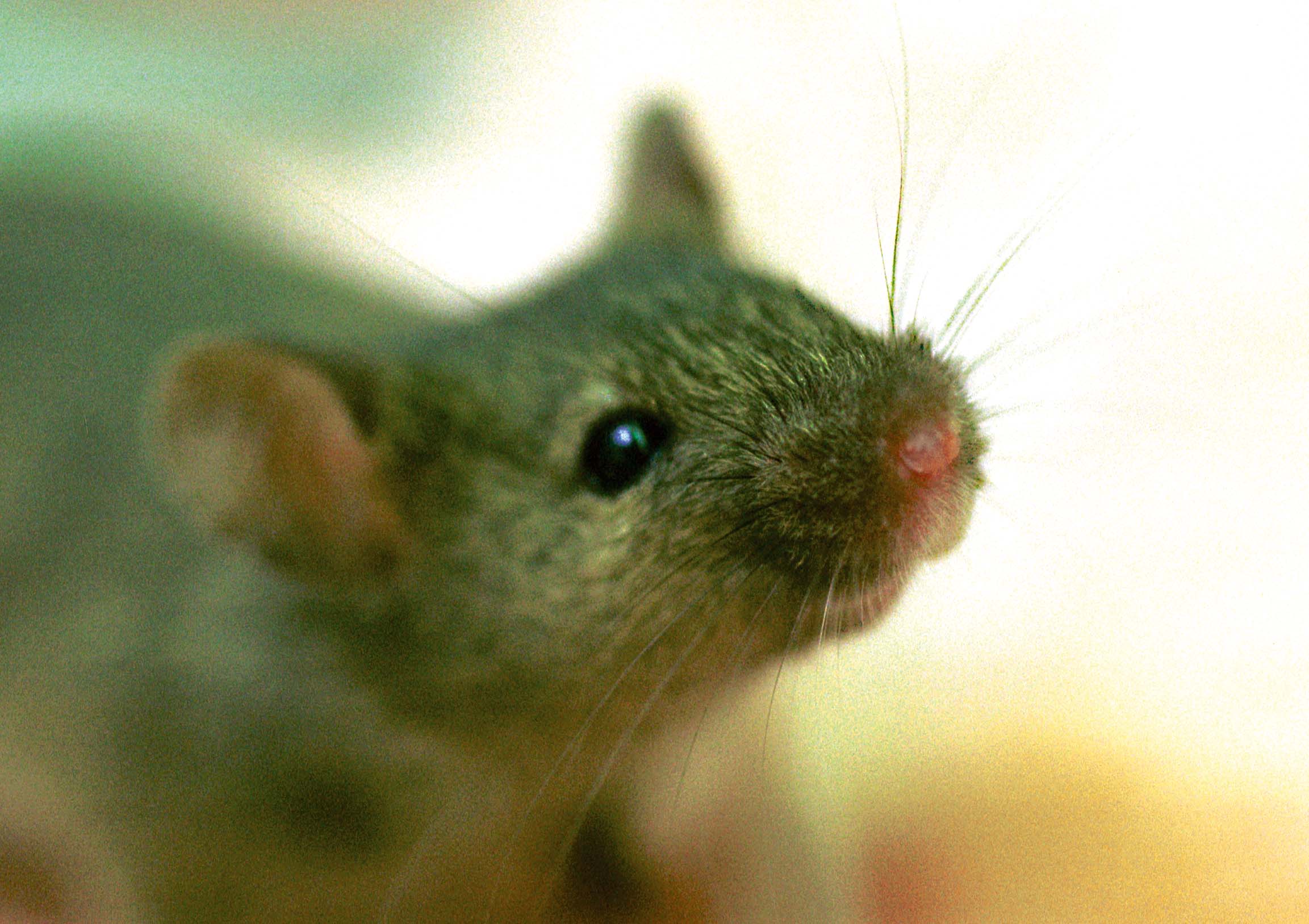
20/07/15 A new drug for neurodegenerative diseases
A new drug for neurodegenerative diseases like Alzheimer's and Parkinson's is showing promise in mice. The drug shows the ability to break up the many types of plaques, which are hallmarks of several diseases. It does so by targeting the kinks found in the misfolded plaques common to Alzheimer's, Parkinson's and CJD patients.
Simon Ridley, head of Alzheimer’s Research UK. says: “It’s too early to conclude that the cognitive improvements in mice will have relevance for those living with dementia, but as the condition poses our biggest medical challenge, testing new approaches is vital in the hunt for better treatments>"
https://www.newscientist.com/…/dn27921-universal-plaque-bu…/

07/07/15 Memory loss in old age breakthrough offers dementia hope
Scientists from the University of California have identified a protein in the blood of humans and mice that causes memory impairment as it builds up in the blood with age. Further studies in mice showed that blocking this protein reduced memory loss in mice relative to untreated peers.
Clare Walton at the Alzheimer’s Society said: "This research has identified an age-related protein in mice that damages an area of the brain that is important for memory. This interesting study highlights the importance of basic research in helping to find new targets for drugs to help stop cognitive decline."
02/07/15 Licenced drugs halt brain degeneration from Alzheimer’s
Study in mice finds drugs that halt brain degeneration in Alzheimer’s patients. The latest research suggests that the build-up of abnormal amyloid proteins seen in Alzheimer’s, Parkinson’s and CJD are simply a visible symptom of neurodegeneration. The damage really occurs when a natural defence mechanism in the brain responds to the accumulation of plaques by switching off the production of all new proteins, wrecking the brain’s ability to carry out essential repairs. The drugs work by inhibiting an enzyme, called Perk, that reactivates the defence mechanism. Two licensed drugs could help restore protein production in brain, stop brain cells from dying and prevent memory loss, raising hope of a rapid acceleration in a cure for Alzheimer’s disease.

11/06/15 mutation that protects against ‘mad cow’ disease
Scientists find mutation that protects against ‘mad cow’ disease after studying cannibal group. The researchers discovered the mutation after studying the genes of the Fore people of Papua New Guinea who until recently had practised a form of cannibalism where a related disease, kuru, was transmitted by eating the brain tissue of the dead. The mutation that confers long- term resistance to kuru occurs in the gene for a prion protein. When researchers made the same change in the prion gene of laboratory mice they found that they became 100 per cent resistant to kuru and all forms of Creutzfeldt-Jakob disease (CJD), including variant CJD – the human form of bovine spongiform encephalopathy (BSE). Work is now on-going to understand the molecular basis of this effect which are expected to provide key insights into how misshapen proteins develop in the brain and cause the common forms of dementia, thereby guiding us to new treatments in the years ahead.
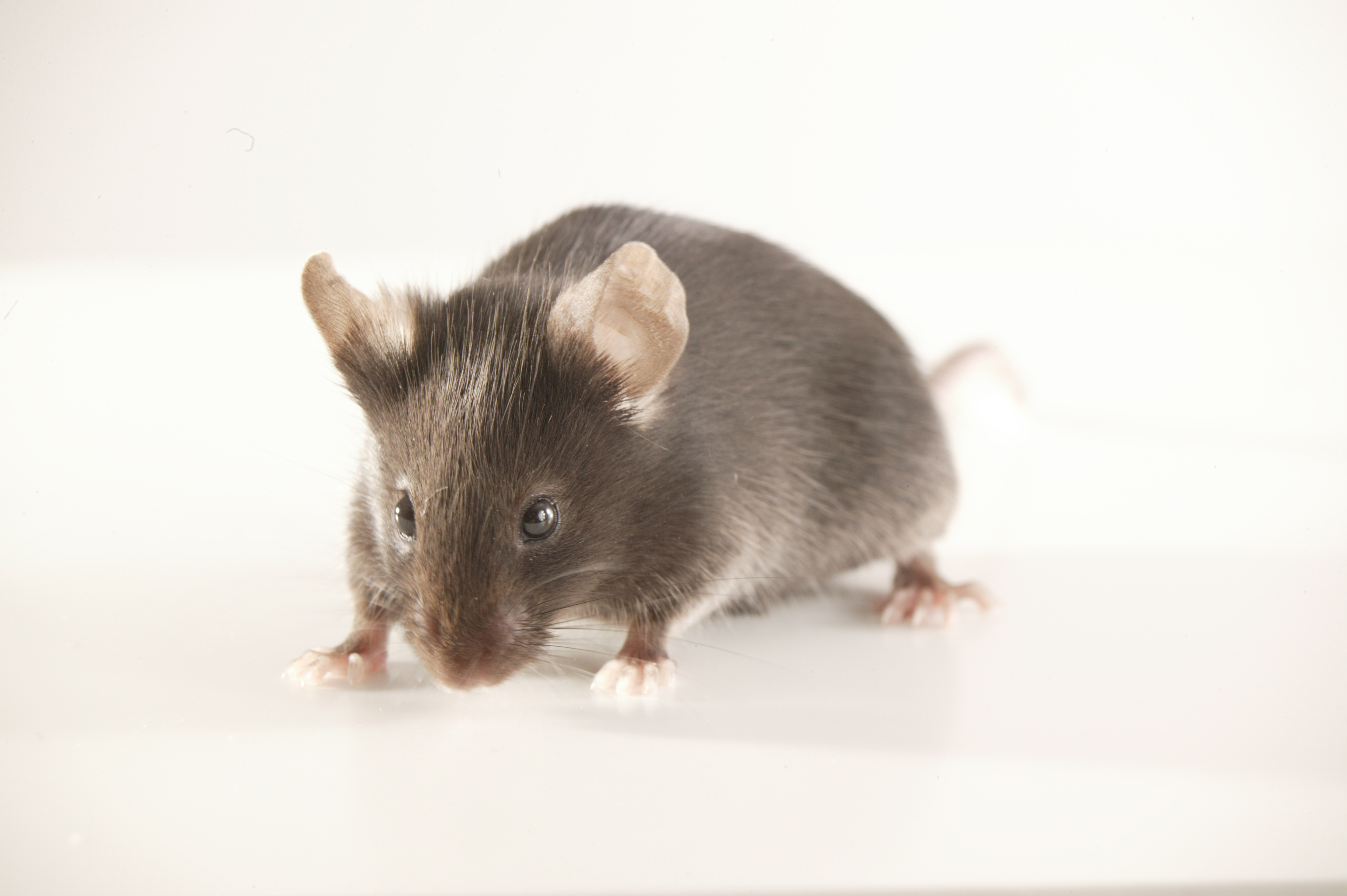
07/05/15 Alzheimer's could be affected by elevated blood sugar levels linked to diabetes
Scientists have identified a new link between diabetes and Alzheimer’s, providing further evidence that a disease that robs people of their memory may be affected by elevated blood sugar levels. The study shows that elevated glucose levels in the blood of mice can rapidly increase levels of amyloid beta plaques – keys components of Alzheimer’s.
http://www.neuroscientistnews.com/research-news/new-link-found-between-diabetes-and-alzheimer-s
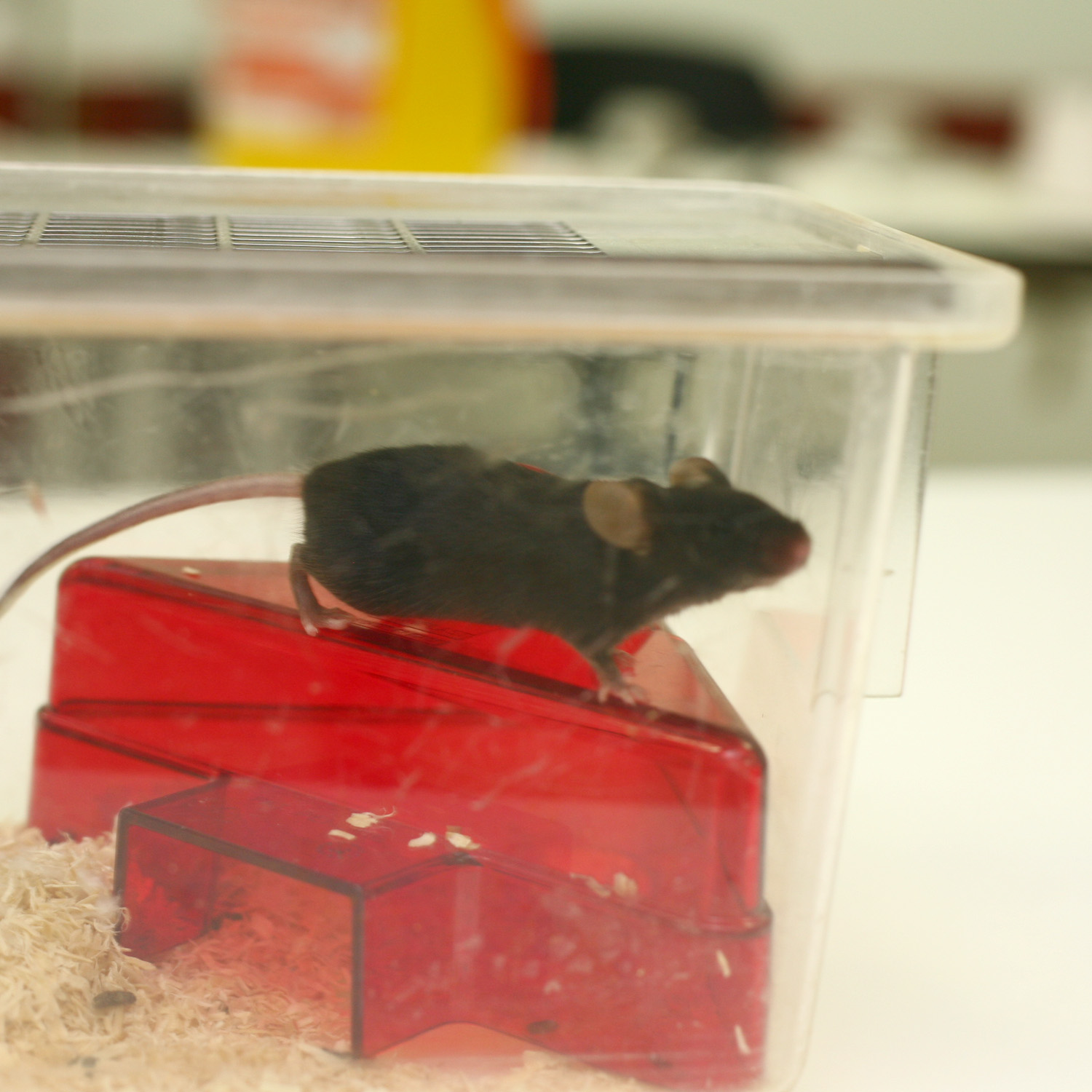
02/04/15 Cancer drug restores memory in mice
A drug designed to target cancer has been found to improve cognition in mice with an Alzheimer's-disease analogue. This drug, which is known to be safe for humans, targets beta amyloid deposits in the brain.
http://www.washingtonpost.com/…/study-cancer-drug-found-to…/
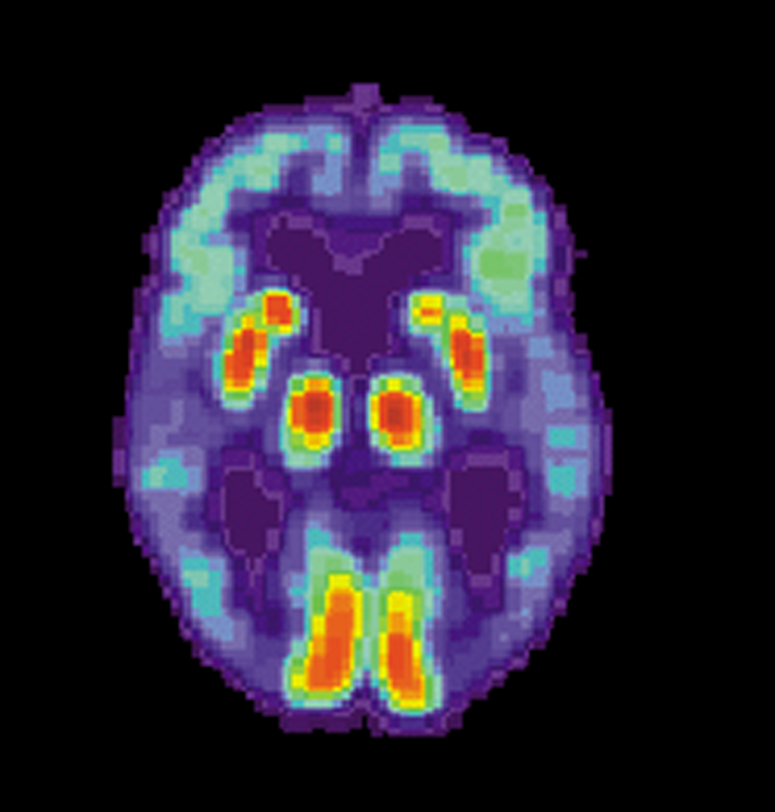
12/03/15 Ultrasound treatment successfully treats Alzheimer’s disease in mice
Ultrasound treatment successfully treats Alzheimer’s disease in mice. Rodents were found to have improved memories after treatment by focused beams of ultrasound, without any apparent damage to brain tissue. The ultrasounds stimulate microglial cells, which form part of the brain’s immune system, to engulf and absorb amyloid plaques. The technique proved very successful at clearing tangles of plaques in the mice brains, removing up to 75% of them. This is the first demonstration that ultrasound waves alone have a beneficial effect on the condition. Despite the debate as to whether plaques are a cause or a symptom of the disease, the treated mice showed improved memory. The research will still need several years before it can be tested in humans, and will have to be tested in sheep first.
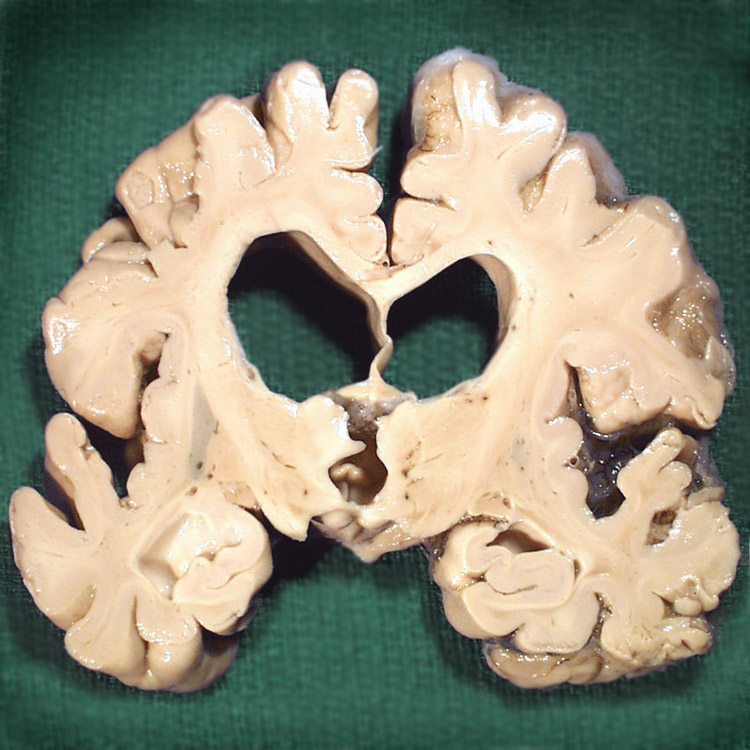
17/02/15 New molecule can block the progress of Alzheimer's at a critical stage
A team of scientists at Cambridge University have identified a molecule which can block the progress of Alzheimer's at a critical stage in the development of the disease. Researchers modelled what type of molecules might inhibit Alzehimer's processes before confirming with studies in mice.

03/02/15 Pet cats and dogs also suffer from Alzheimer's disease
Dogs can suffer from Alzheimer’s disease too. According to veterinarian Lee Harris, it is surprisingly common. It is known as Cognitive Dysfunction Syndrome, and an estimated 50% of dogs over the age of 10 will show some kind of cognitive decline. The symptoms will not present themselves in the same way as in humans - dementia may cause trained dog to go to the bathroom in the house, to become disoriented in the home or yard, or to forget which door to use to get to the yard. Older cats, too, can suffer dementia-like symptoms, research has found. A University of Edinburgh study found that half of cats over the age of 15, and one in four cats between the ages of 11 and 14, suffer from Alzheimer's, which may cause them to become confused or aggressive. As in humans, a healthy diet, mental stimulation, human contact and physical exercise can help prevent cognitive decline in pets.
http://www.huffingtonpost.com/2015/02/01/dog-alzheimers_n_6564244.html
29/01/15 Longevity gene also protects against mental decline in old age
A single copy of a gene linked to longevity is responsible for extra tissue in parts of the brain, which seems to protect against mental decline in old age. About 1/5 people inherit a single copy of the gene KL-VS, which improves heart and kidney function, and adds on average 3 years to the human lifespan. It also accounts for a 12% improvement in people’s mental test scores. When KL-VS was modelled in mice, scientists found this strengthened the connections between neurons and enhanced learning and memory. Scientists hope to be inspired by this pathway and turn it into a therapy to slow down Alzheimer’s disease.
http://www.theguardian.com/science/2015/jan/27/long-life-gene-protects-against-mental-decline-old-age-alzheimers-dementia

15/01/15 Hibernating animals could help fight Dementia and Alzheimer's
Hibernating animals could help fight Dementia and Alzheimer’s. A protein used to protect the brain during the lengthy sleep of hibernation and restore brain activity when animals wake up could be used as a treatment for people with dementia. During hibernation, the number of synapses in the animal brains decrease by 20 to 30% allowing them to enter a state or torpor. A ‘cold-shock’ protein prevents loss of brain cells when the body temperature drops and rebuilds the synapses when the animals awake. This protein exists in humans but isn't functional in Alzheimer’s patients. A drug that mimics the protein’s effect could help restore brain function in those patients.
http://www.bbc.co.uk/news/health-30812438
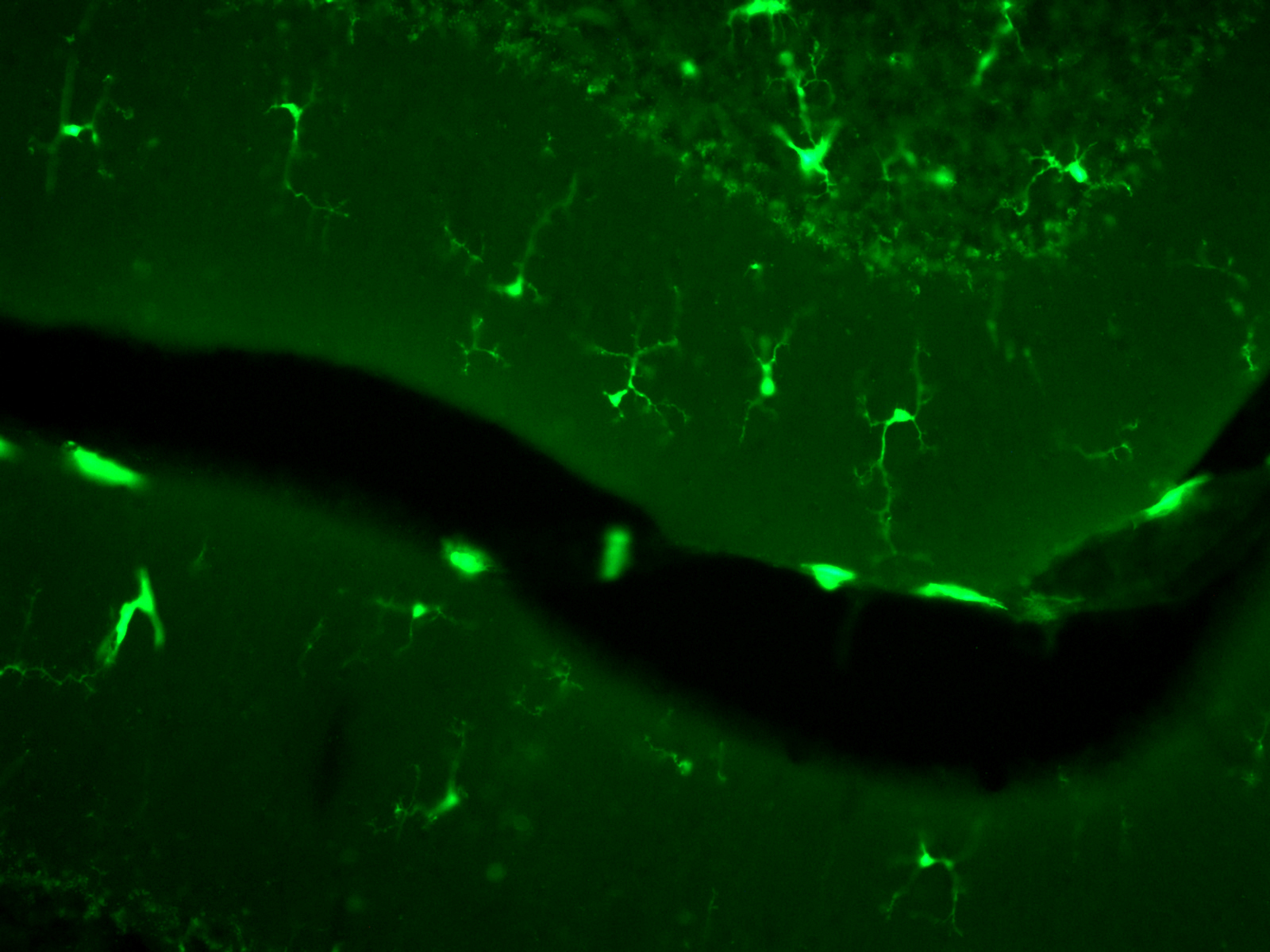
09/12/14 boosting the immune system as a cure
Boosting the immune response of the brain could prevent or even cure Alzheimer’s disease, according to new research using mice. Brain cells called microglia that function to clear the brain of bacteria, viruses and dangerous deposits function well when people are young, but when they age a single protein stops them operating efficiently. By blocking that protein in the brains of mice reversed memory loss and many other Alzheimer’s-like features in the animals.
http://www.telegraph.co.uk/news/science/science-news/11280504/Has-Stanford-University-found-a-cure-for-Alzheimers-disease.html
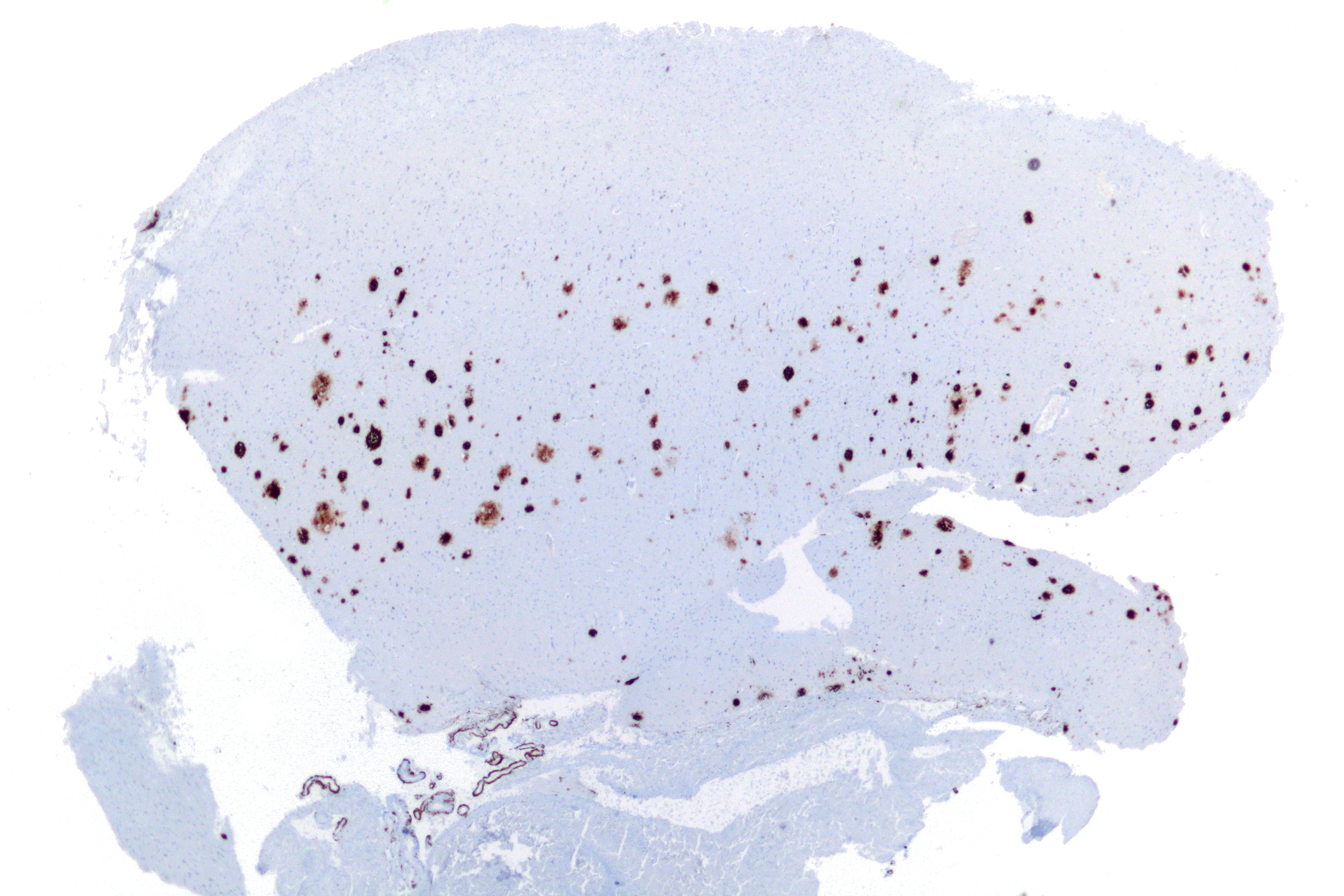
06/11/14 blood-brain barrier crossing drug
A new form of Alzheimer’s drug as managed to sneak through the blood-brain barrier in monkeys and reduce the levels of harmful amyloid beta protein present. The drug is an double-ended anti-body, one to that interacts with the blood brain barrier to get across it, and the second that targets amyloid beta. In both macaques and monkeys the drug spread throughout the brain and decreased amyloid levels by more than 50%.
http://www.nature.com/news/alzheimer-s-drug-sneaks-through-blood-brain-barrier-1.16291
Last edited: 11 March 2019 15:01
